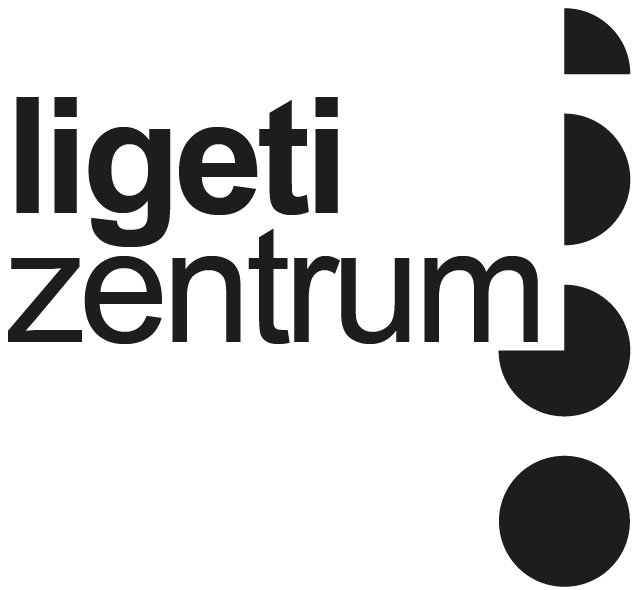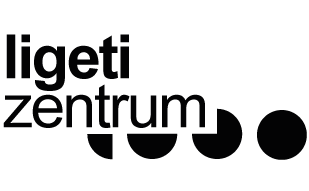Call for Applications:
“Artists and Scientists in Residence” at the ligeti center
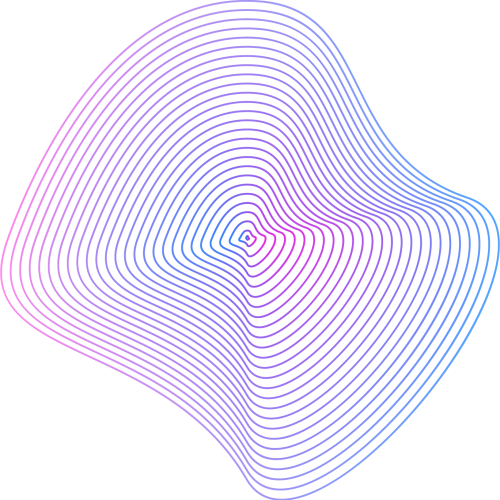
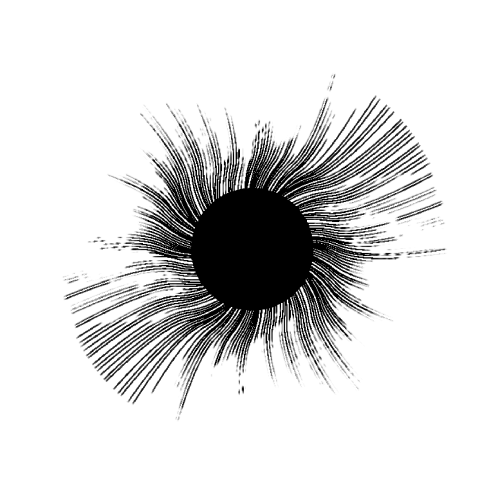
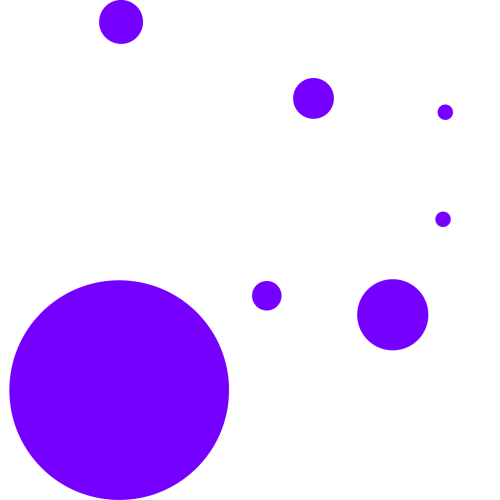

Application deadline: December 3rd. 2024
The “Artists and Scientists in Residence” program at ligeti center is entering its third round.
We invite artists and scientists to realize an interdisciplinary artistic-scientific project at ligeti center from March to mid-April 2025. In close cooperation with the labs situated at the ligeti center, the focus will be placed on experimental work with technologies developed at the ligeti center.
The Technologies:
1. Impulse Pattern Formation (IPF)
In the Cyberinstruments / Cybermusician project, we investigate how dynamic and complex patterns in musical systems can be described and understood. Our research focuses on the so-called Impulse Pattern Formulation (IPF), a non-linear but straightforward mathematical equation (more information here). Originally, the IPF was developed to model and analyze the dynamic interactions within any musical instrument. It turned out that the IPF can also be used outside a musical context: It is suitable for describing the behaviour of arbitrary, coupled, self-organizing systems, for example the joint music-making of a group of musicians.
This opens up various possibilities for integrating the IPF into artistic projects:
As a central sound-generating element
The Impulse Pattern Formulation (IPF) can be used as a stand-alone synthesizer or as a virtual extension of existing instruments - similar to an effects unit. This way, entirely new sounds can be created freely, or elements of different instruments can be combined. As a physical model, the IPF enables almost unlimited articulation possibilities and brings sound design from the screen back to the instrument.
Artists can use synthesizers specially developed at the ligeti center and adapt them to their needs. It is also possible to program new applications with, for example, PureData or MaxMSP.
An example of a performance whose sounds were generated exclusively by the IPF can be heard here: Basic scripts for sound generation with the IPF are available for your own experiments on GitHub.
As a virtual musician
Using the IPF, one can also design interactive systems that react directly to a musician's input and independently generate rhythms, pitches, or even entire melodies and chord sequences. In contrast to AI-based approaches, which rely on training data and often reproduce the average behavior, the IPF as a physical model enables flexible and individual design: the desired - and hopefully novel and musically exciting - behaviors can be precisely set with just a few parameters.
Hybrid applications are also conceivable, combining analog physical systems such as, e.g., giant, chaotic pendulums, or actuators with digital IPF models. An initial implementation of these ideas is the "DanceBooth", which was exhibited at the Museum für Kunst und Gewerbe in Hamburg and at Tanzfusionen 2024 in Greifswald, among others. Here, the musical tempo dynamically adapts to the rhythm of the dancers' movements, among other things.
Further information about the DanceBooth can be found here.
Contact person: Simon Linke – Simon.Linke@haw-hamburg.de
2. Der Hexenkessel (witch’s cauldron)
The Hexenkessel (witch’s cauldron) is an augmented musical instrument, combining a classical orchestral timpani with multitouch tracking technology and embedded video projection. Unlike traditional acoustic instruments, where sound production is inseparably linked to the physical construction, the Hexenkessel acts as a gestural interface for computer music, controlling live-electronics, sound synthesis, and even stage-lighting without affecting the original sound and functionality of the timpani. Alternatively, the system can be integrated into a standard floor tom as a mobile low-cost solution.
The award-winning hybrid instrument has undergone several modifications and upgrades over the past 15 years. While the Hexenkessel is still an experimental prototype, it has become a reliable and versatile instrument for multimedia stage performance. Several pieces implementing various compositional paradigms have been realized.
Proposed Residency
Residents are invited to develop new pieces for the Hexenkessel instrument. For this purpose, a new musical concept, graphic interface, and audio engine must be created. Also, the interface could be used as a controller for sound spatialization in the ligeti center’s production lab.
Requirements
Residents must show a high level of expertise in Max/MSP programming and Jitter, particularly in developing custom user interfaces and audio engines for the instrument. Essential patches for calibration and graphic rectification are provided.
Contact person: Jacob Sello – jacob.sello@hfmt-hamburg.de
Selected paper:
- Sello, J. (2016). The Hexenkessel: A Hybrid Musical Instrument for Multimedia Performances. In NIME’16 Proceedings, Griffith University, Brisbane, Australia.
3. The record-o-mat
The record-o-mat is a generative audio sampler. It was developed in 2019 and specializes in both social and artistic fields of application. A person interacting with the record-o-mat records and captures audio on a computer. A specifically programmed software plays back these recordings in a fragmented, randomly sequenced, and overlapped manner. This live-generated collage continuously recombines the audio fragments and, thus, perpetually creates new contexts. The most recent recording appears the most often in the generative composition so that old audio material is displaced, and a temporal progression can be made recognizable. Since realizing the project idea in 2021, the record-o-mat has been continuously developed in practical applications. It is being tested how very different results can be achieved by changing the material design, the setting, and the intention of use, for example.
As part of the use during the residency, it would be exciting for us to explore and exploit certain functions and applications of the record-o-mat from different perspectives.
record-o-mat - participatory installation: The record-o-mat is installed in a telephone booth and stands unattended in public spaces for some time. All random people passing by are invited to record a contribution. Outside the phone booth, the current composition is played at a chatty volume. As a social sound sculpture and meeting place, the record-o-mat reflects and mixes audible snapshots of everyone who has ever interacted with the record-o-mat on site. Experience has shown that a specific, poster-based question helps to break down potential barriers. Thus, the record-o-mat has also been used several times as a survey tool for citizen participation. For less space-intensive use, the record-o-mat is now also available as a "historical" telephone with handsets. This format has already been installed in various contexts as a digital guest book or program booklet (currently in the foyer of the Malersaal in Hamburg's Schauspielhaus).
record-o-mat on air - interactive radio format: This location-independent setup invites everyone to leave their contribution during the broadcast via a telephone call on the “answering machine”. The audio material is immediately fragmented and randomized in the live radio stream. The monthly broadcasts on TIDE-Radio always have a changing theme, a specific question.
record-o-mat on stage - music and storytelling: This interactive stage format consists of the record-o-mat, a musician/vocal performer, and the live contributions generated by the visitors. Guests are invited to use mobile microphones and recording controllers to make recordings referring to specific topics, which then become the primary material for on-stage musical improvisation. In various workshop settings, these basic ideas form the starting point for allowing randomness to play a role and using it playfully. Different sonic results are achieved, and stories are developed through specific playing arrangements. The random fragmentation of the recordings creates new sensory contexts that encourage creativity and stimulate improvisation.
Contact person: Joana Welteke – joana.welteke@haw-hamburg.de
More Information: www.record-o-mat.de
4. Moving Sound Sources
Turenas from John Chowning
The fixed media composition Turenas (1972) from John Chowning (John Chowning – Wikipedia) is one of the milestone compositions of early computer music. The moving sound sources in this piece create a compelling listening experience. Created for four channels, listeners experience plausible movements of sound sources in space that seem entirely disconnected from the speakers and their location. This experience is even alive when listening to only two channels, John Chowning - Turenas - YouTube (place two speakers, not necessarily in a stereo setup, leave the sweet spot, and close your eyes). The basis of Chowning's composition is a constructed reality of the listener rather than a constructed spatial sound field. The cues are intensity, dynamic direct-to-reverb ratios, distance-related timbre, and the Doppler effect. The well-understood listening and construction process is the power behind this concept and why there is no need for a large number of speakers or a well-defined 3D audio environment.
At the ligeti center we have learned from Turenas to control these relevant cues that finally construct such spatial reality on the listener's side. For a transition from fixed media to live performance, we can provide a Max/MSP patch that is ready to be used and modified. Using such technology in live performances creates a field of surprise, challenge, and opportunity. We would love to see professionals exploring these opportunities.
Proposed Residency
Residents might wish to explore such opportunities for musical performances. Or they might wish to leverage their composition or arrangement using the potential of narration in space.
Residency Parameters
- Preferred length of the residency: 3-6 weeks
- Pre-residency provision of mentioned Max/MSP patch.
Contact person: Robert Mores – robert.mores@haw-hamburg.de
Selected papers:
- Chowning, J. (2011). Turenas: the realization of a dream. In Journées d'Informatique Musicale.
- Chowning, J. M. (1971). The simulation of moving sound sources. Journal of the audio engineering society, 19(1), 2-6.
- Chowning, J. M. (1977). The simulation of moving sound sources. Computer Music Journal, 48-52.
Furthermore, it is still possible to apply freely for a sound or multimedia project. In the decision-making process, the jury will consider the innovation of the project proposal, the potential for collaboration with the various labs of the ligeti center, and the professional competence of the applicants. We only accept applications from individuals. Residents are expected to give a talk and present their work and results at the end of the term.
Application:
What do we expect?
- Continuous artistic and/or scientific activities in fields related to the selected technologies (documented in a portfolio and/or CV).
- A coherent project proposal that has the potential to be finalized within the proposed timeframe of 6 weeks and with the available technical possibilities
- The project proposal should demonstrate new perspectives (conceptual perspectives, new product designs, new technical approaches, etc.).
- Willingness to cooperate with the various labs on site (letter of motivation)
- After initial instruction, the ability to work independently
What do we offer?
- A scholarship totaling €2000 net for the duration of the residency, as well as an accommodation allowance of 17€/day if the selected person is not living in Hamburg
- Basic technical support
- A motivating working environment and creative exchange.
- Professional documentation of the events during the residency
Application process
- Applications can be submitted in German or English.
- Application form here
- The submission period is November 13 to December 03, 2024, with a deadline of midnight (CET) on December 03, 2024. Applications received after this date will not be considered.
- The authors are responsible for the application's content; incomplete applications cannot be considered.
- All submitted documents will be treated confidentially and will not be used by ligeti center or third parties without the applicant's consent.
- All applicants will be informed by the end of December of the outcome of the selection process.
Applications must contain the following elements
- Completed application form
- A project description (max. 4000 characters)
- Description of the innovation of the proposed project
- A letter of motivation (max. 4000 characters) outlining the interest to work with at least one of the technologies provided as well as potential for collaboration with the labs located at the ligeti center
- A short proposal for a potential workshop for students and/or interested individuals in Hamburg. Workshop formats may include, but are not limited to, performative lectures, software tutorials and introductions to new technologies.
- All of the above texts must be submitted in one application form. Applications submitted by other means will not be considered.
For further information and questions, please consider the slides from our info call that happened via Zoom on November 26 at 5:30 pm (CET). For further questions, please contact our coordinator Nadine Schwalb at ligetizentrum.residencies@hfmt-hamburg.de

